Multi-Cloud
Multi-cloud systems are known to be safer than hybrid cloud systems. This is because they use 256-bit AES Encryption in order to keep data secure while it is in transit from one public server to another. That leads to the next point; the difference between multi-cloud systems and other systems, such as hybrid or single cloud options.
In hybrid systems, to draw an example upon, there will always be a private and a public server. In multi-cloud systems, however, it is apparent that there is always more than one public server included in its integration.
The integration of multiple different public cloud sources can be extremely helpful in the operation of these systems. Using multiple different sources takes the extra weight off of the organizations that use the many cloud services because when one service goes down, the others will remain operational. When compared to hybrid cloud computing, the use of the cloud system and the on-site system depend on each other, when one cannot transmit data to the other, it becomes an issue multi-cloud servers do not need to deal with. A strong multi-cloud environment starts with the implementation and usage of multiple public clouds. These public clouds encompass every part of your ecosystem in the IT department. This means that you will need specific applications that will help to fully integrate monitoring and management services. Using such diverse public clouds and putting them into one easy-to-maintain system may seem somewhat unintuitive at first. If you stress your IT department by having many different public cloud systems in use, it could create a backup of data transfers. Having these applications to help with the data transfers and other management of data storage creates an easier to navigate, and simple to use cloud computing methods.

